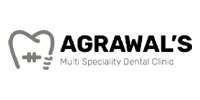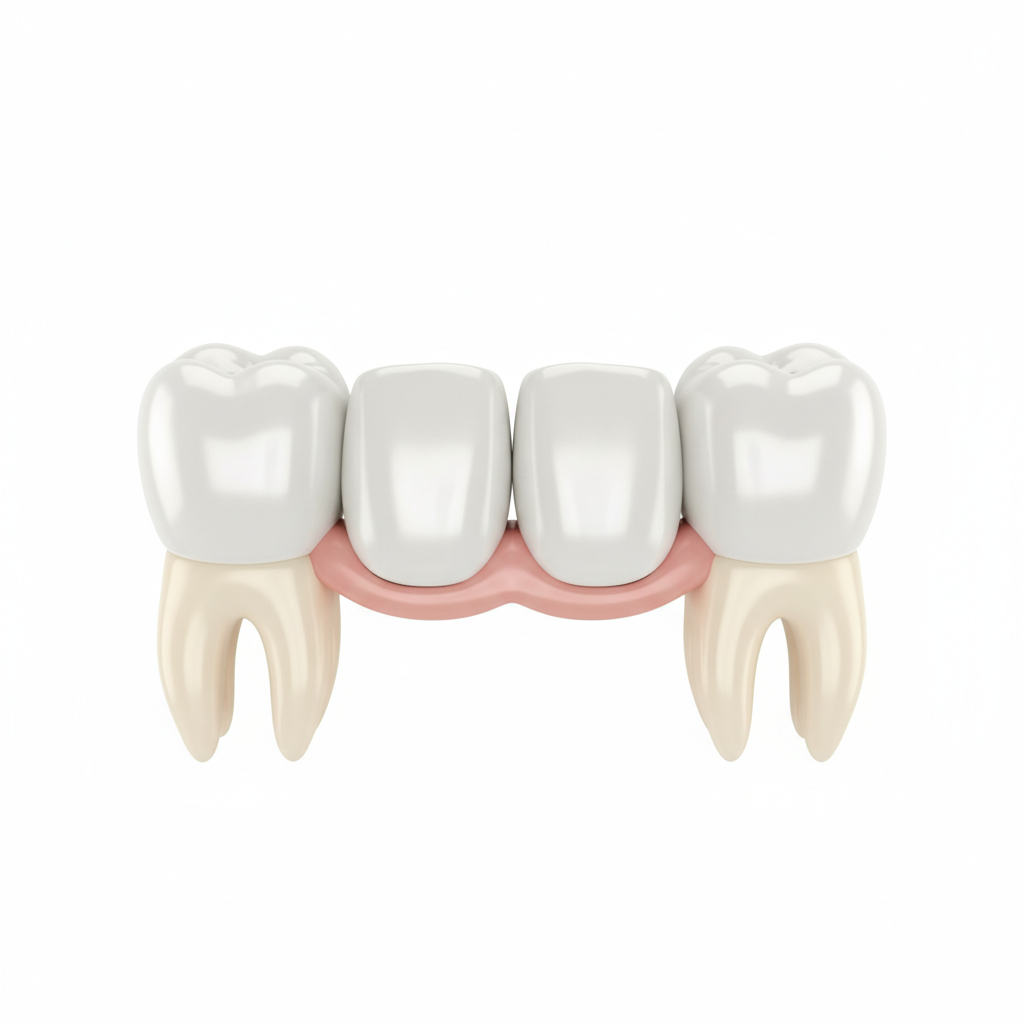A dental bridge is one of the most effective solutions for replacing missing teeth, restoring not just your smile, but also your ability to eat and speak comfortably. However, learning how to eat with a dental bridge is key to ensuring long-term comfort and oral health.
Whether you’ve recently had bridge treatment in Ahmedabad or are considering one, this guide will help you understand what to expect, what to eat, and how to care for your bridge.
Understanding Dental Bridges
Dental bridges are a common solution for individuals missing one or more teeth, offering both aesthetic and functional benefits. They are designed to fill the gap created by missing teeth, thereby enhancing oral functionality and boosting confidence.
Types of Dental Bridges
- Traditional Bridges
The most common type, supported by crowns on adjacent teeth. Offers excellent strength and a natural look. - Cantilever Bridges
Used when teeth are available on only one side of the gap. Best suited for specific cases. - Maryland Bridges (Resin-Bonded Bridges)
Less invasive, ideal for front teeth. These bridges are held in place using a metal or porcelain framework bonded to the back of existing teeth. - Implant-Supported Bridges
Anchored to dental implants rather than natural teeth, providing exceptional stability and longevity a preferred choice at leading dental hospitals in Ahmedabad.
How Dental Bridges Function
Dental bridges evenly distribute chewing pressure, maintain facial structure, and restore your bite’s natural alignment.
They help prevent surrounding teeth from shifting and give you the confidence to smile and eat comfortably.
The Adjustment Period After Getting a Dental Bridge
It’s normal to experience mild discomfort as your mouth adjusts. Here’s what to expect:
1. Initial Sensations
Mild soreness or sensitivity may occur for a few days after placement. This usually subsides as your gums and teeth adapt.
2. Adaptation Timeline
Most people adjust within one to two weeks. During this time, follow your dentist’s instructions and stick to soft foods.
3. Common Adjustments
- Temperature Sensitivity: Use desensitizing toothpaste if needed.
- Speech Changes: Practice speaking aloud to adapt faster.
- Chewing Differences: Chew slowly and start with gentle, soft foods.
Can You Eat Normally with a Dental Bridge?
Yes — once you’ve adjusted, you can eat almost everything you used to. However, being mindful of what and how you eat will keep your bridge in great shape.
1. Immediately After Treatment
Stick to soft, easy-to-chew foods like:
- Yogurt
- Mashed potatoes
- Scrambled eggs
- Soups or smoothies
Avoid hard, sticky, or hot foods until your gums fully heal.
2. Long-Term Eating
After the initial phase, you can return to your normal diet, but moderation is key.
Even though bridges are durable, chewing very hard foods can stress them over time. Regular check-ups at your dental hospital in Ahmedabad will ensure your bridge stays secure and healthy.
Foods You Can Enjoy Confidently
A dental bridge allows you to enjoy a wide variety of nutritious foods with just a little care.
1. Soft and Nutritious Choices
Start with soft, nutrient-dense foods:
- Cooked vegetables
- Soft fruits like bananas or avocados
- Pasta and rice
- Eggs, fish, or lentils
2. Gradually Add Firmer Foods
Once you’re comfortable, introduce firmer items like apples, carrots, and lean meats — but chew slowly and evenly on both sides.
3. Maintain a Balanced Diet
- Protein: Chicken, fish, eggs, or legumes
- Fruits & Vegetables: Provide vitamins for gum health
- Whole Grains: Soft breads, rice, or cooked grains
A healthy diet supports both your bridge and your natural teeth.
Foods and Habits to Avoid
Protecting your dental bridge means avoiding foods that can loosen, damage, or trap debris around it.
Avoid:
- Sticky Sweets: Caramel, toffee, and chewy candies
- Hard Foods: Ice, nuts, or hard candies
- Tough Meats: Steak or jerky — unless finely cut
- Seeds & Popcorn Kernels: Can get lodged around your bridge
Be Careful With:
Habits like nail-biting, using your teeth as tools, or chewing pens can strain your bridge.
These actions may cause cracks or loosen the prosthetic over time.
Practical Tips for Eating with a Dental Bridge
- Chew on Both Sides: Distribute pressure evenly.
- Cut Food into Small Pieces: Makes chewing easier and gentler.
- Stay Hydrated: Helps clear food particles.
- Choose Easy-to-Chew Foods When Dining Out: Especially in the first few weeks.
If you travel frequently, carry a small dental care kit with a toothbrush, floss threader, and mouthwash.
Maintaining Your Dental Bridge While Eating
Proper care ensures your dental bridge lasts for many years.
1. Clean After Every Meal
Food can easily get trapped beneath or around the bridge.
Brush gently with a soft-bristled toothbrush and fluoride toothpaste.
Use:
- Floss threaders or interdental brushes for hard-to-reach spots
- Antibacterial mouthwash to prevent plaque buildup
2. Prevent Food Trapping
Avoid sticky foods and rinse after every meal.
Maintaining oral hygiene helps prevent gum disease and decay near the supporting teeth.
3. Daily Oral Care Routine
- Brush twice daily
- Floss once a day
- Use mouthwash regularly
- Schedule professional cleanings and check-ups every 6 months
Conclusion: Enjoy Food with Confidence
You can enjoy a full, satisfying diet with a dental bridge. It just takes a bit of care and patience.
Start with soft foods, gradually reintroduce your favorites, and maintain good oral hygiene.
Regular dental visits ensure your bridge remains strong, functional, and beautiful for years to come.
With the right care, your dental bridge will let you eat, smile, and live with confidence.
FAQs
- What is the adjustment period like after getting a dental bridge?
Most people adjust within one to two weeks. You may notice slight sensitivity or speech changes at first. - Can I eat normally with a dental bridge?
Yes! Once healed, you can enjoy most foods by chewing carefully and maintaining your bridge. - What foods should I avoid?
Avoid hard, sticky, or chewy foods such as nuts, candies, and toffee that may damage your bridge. - How do I care for my bridge after meals?
Brush, floss, and rinse with mouthwash daily. Use floss threaders to clean under the bridge.



